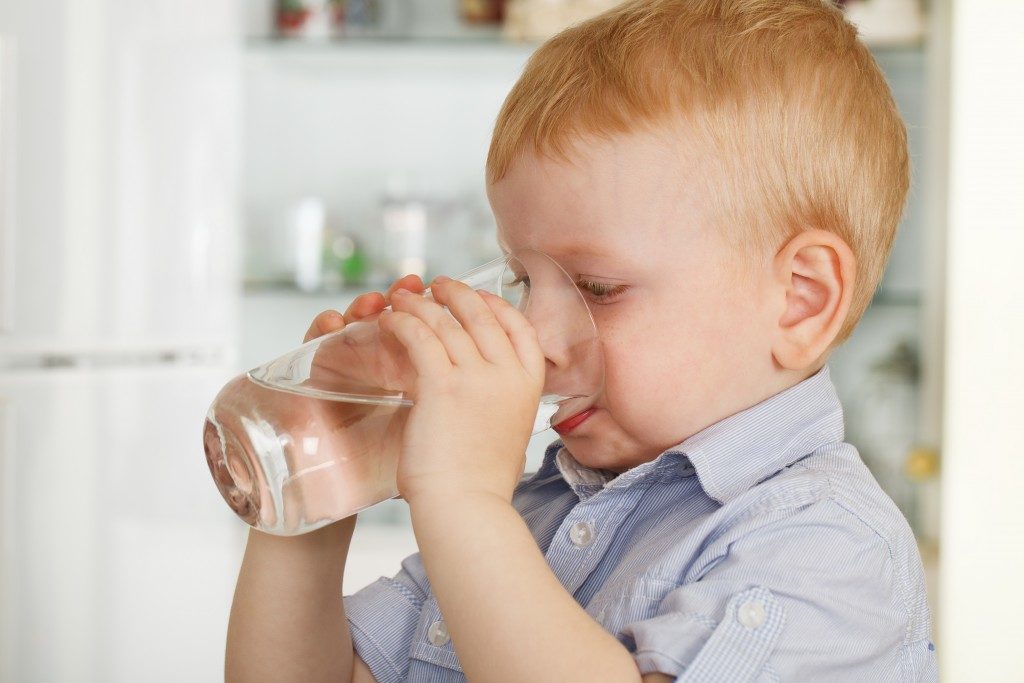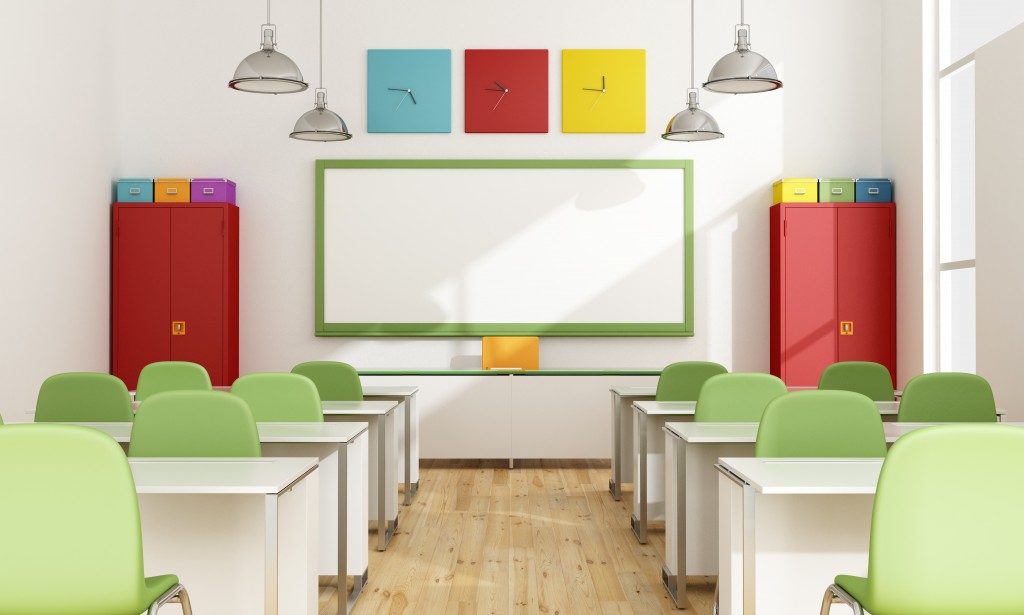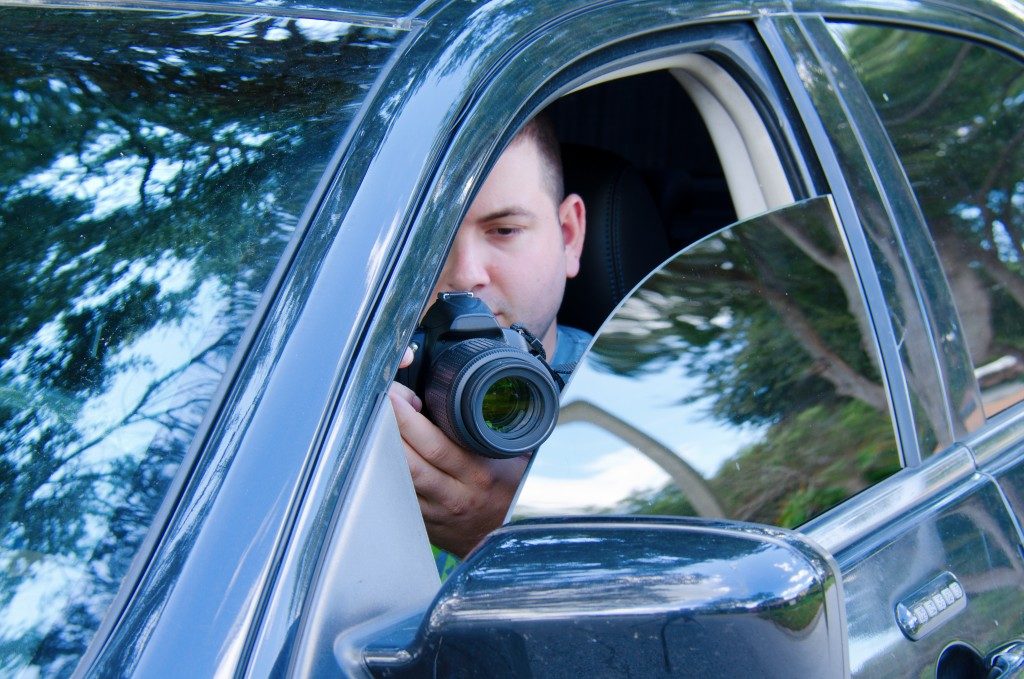Australia might be a large continent surrounded by water, but it’s one of the driest places in the world. In other words, the water supply in the country is critical. This is especially true today, where urbanization is increasing. The amount of water the country needs over time should also go up.
To cope with the demand, Australia is settings its sights on water recycling, including using this type of water for drinking. The question is, is it safe?
What Australians Are Drinking Today
The source of Australia’s drinking water is natural. It means it comes from surface water stored in reservoirs as well as bodies of water such as lakes. It also suggests that what you are drinking can be rainfall. This explains why droughts in the country are a significant problem.
Rainfall isn’t the cleanest water in the world, but it still finds its way into your water supply because it undergoes many processes. These steps ensure the water is safe to drink.
The country also issues drinking water guidelines, which are up to standards of the World Health Organization (WHO). These rules cover 12 elements, including:
- Commitment to quality management of drinking water
- Drinking water supply system assessment
- Preventive measures
- Operational procedures and process control
- Drinking water quality verification
- Management of incidents and emergencies
In Australia, it’s safe to drink tap water in the majority of its places, mainly urban or critical cities such as Melbourne and Sydney.
Can You Drink Recycled Water?

To be clear, recycling water in Australia is already a long-standing practice. Often, however, people use it for irrigation or farming. Households can use this water for other purposes such as laundry or gardening.
It’s hard to imagine the same water that comes out of the tap, but then again, it’s also not impossible. In fact, it can be one of the most practical solutions to make water a sustainable resource. Doing this can already reduce water consumption and waste by as much as 60% in a city.
Can you drink it, though? It turns out that you could. It can have a different taste than tap, but it could be just as safe as that or even bottled water.
Not All Types of Water Are for Drinking
Inasmuch as Australia needs water to keep up with the demand, not all types of recycled water can be potable. One of these is sewage.
This refers to dirty water that travels from the households or industries directly into the sewers. This water might already include organic matter that can be dangerous to one’s health like feces, chemicals, and pollutants.
The water doesn’t immediately end up into the open body of water. Instead, it proceeds to a treatment plan, where it goes through multiple stages of filtration and disinfection. The system can use technologies such as bacteria and UV light to accomplish its job.
Then clean water can go back to, say, the industries, where companies can use them as non-potable water. Businesses can also have their own recycling process, which would help them become more sustainable and cost-effective.



